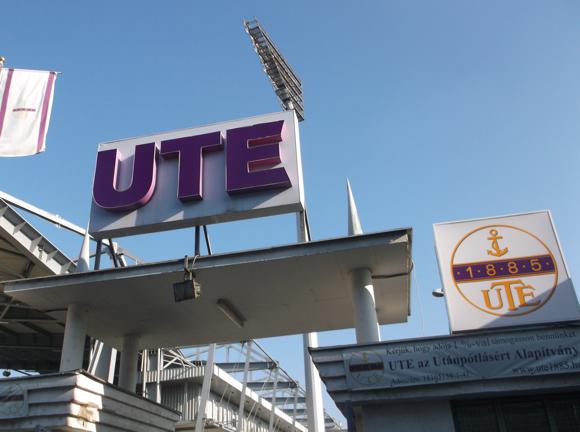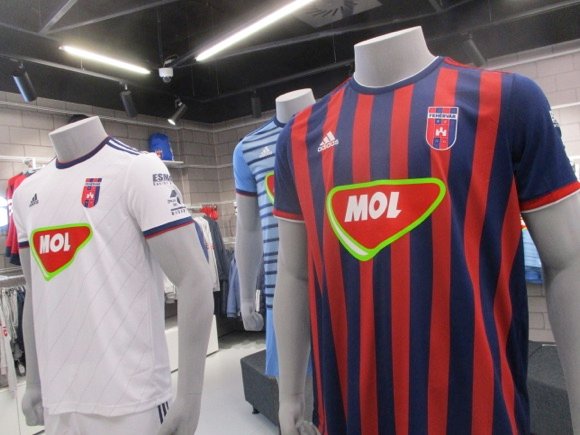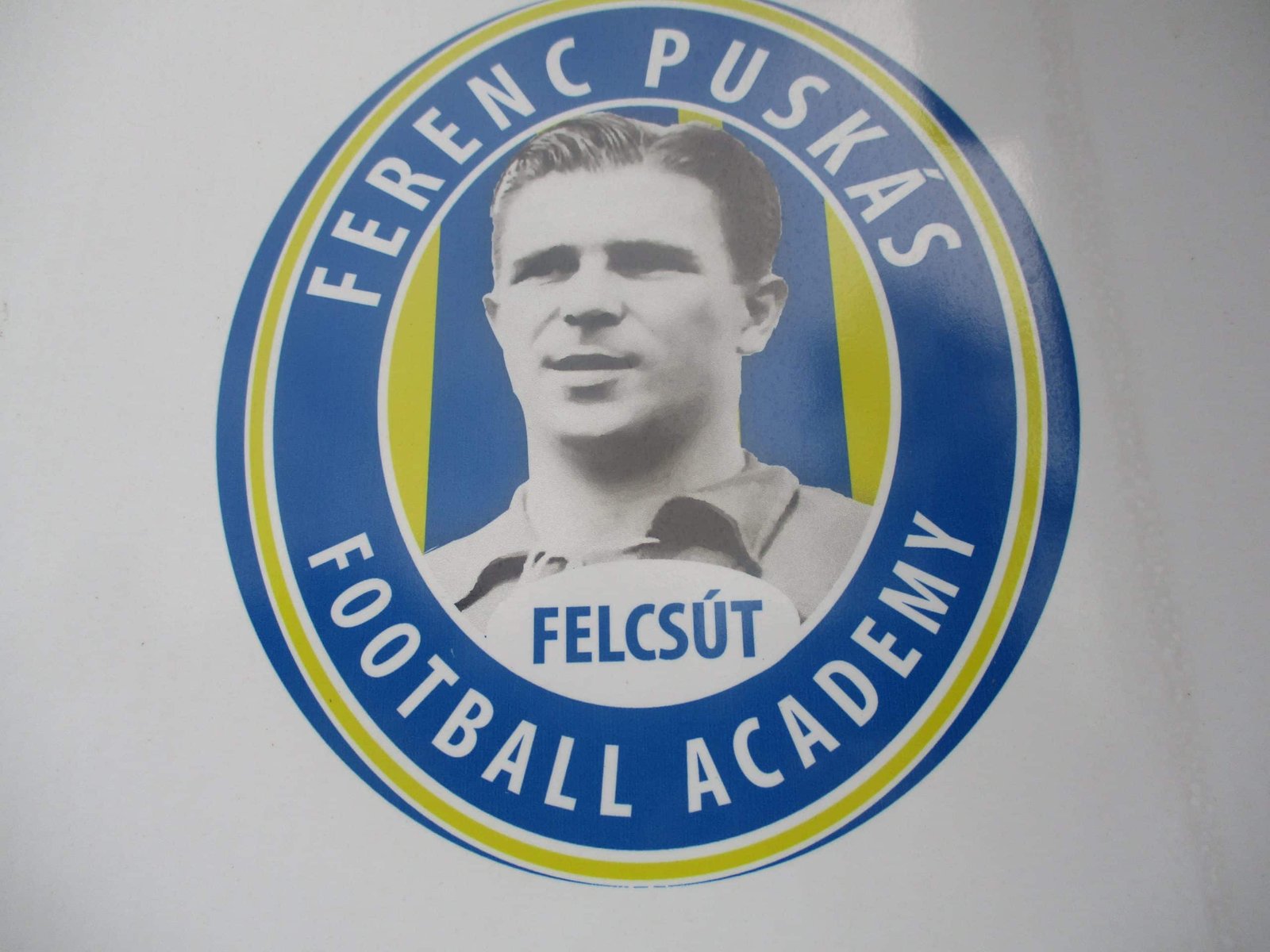A fan’s guide – the club from early doors to today
If comparisons with can be made with English football, Vasas are the West Ham of Hungary. Formed as the Sport Club of Iron and Steel Workers in 1911 in working-class Angyalföld, Vasas ‘Irons’ had their heyday in the mid 1960s, providing key players who had memorable roles the 1966 World Cup.
Though Vasas has no Gold and Sullivan, they have still managed to swim with the current political tide in Hungary and have an entirely new stadium built on the same site as the old one.
Both were named after legendary coach Rudolf Illovszky, Rudi bácsi to all, whose whole playing career was spent at Vasas during Hungary’s golden football era of the 1940s and 1950s, briefly sharing the home dressing room with later Barcelona icon, László Kubala. Illovszky then assumed coaching duties there six times (!), winning three titles. The last came in 1977 and the trophy has not carried the club name since.

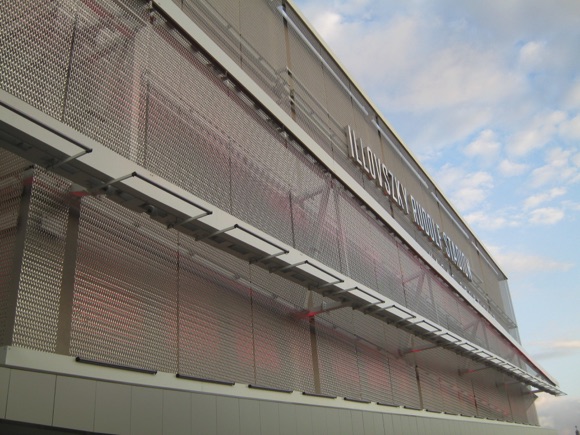
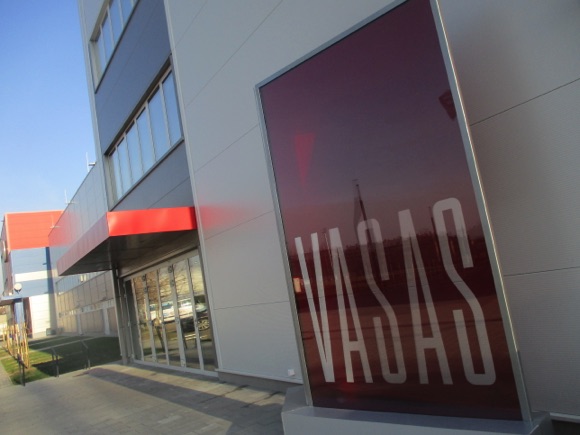
Their proletarian roots finding favour with the incoming Communists in the 1940s, Vasas saw their profile raised under club president János Kádár, later Stalinist leader of Hungary. Impressive headquarters still stand on upscale Pasaréti út in Buda. In the side were future Magic Magyar half-back Gyula Lóránt and a certain Rudolf Illovszky, the later club icon.
A regular of the Vasas left flank until 1955, the year of the club’s the first cup win, Illovszky became coach at different points over five decades. Occasionally sharing coaching duties for both club and country with Lajos Baróti, Rudi bácsi led a side that won four titles in six seasons in the 1960s, after Vasas won the shortened championship of 1957.
Half-back Kálmán Mészöly and forward János Farkas were also part of the Hungary team that performed so impressively at the 1966 World Cup, Farkas scoring a spectacular goal against Pelé’s Brazil.
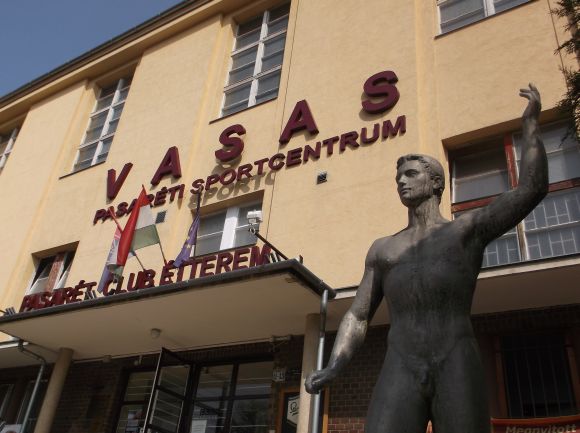

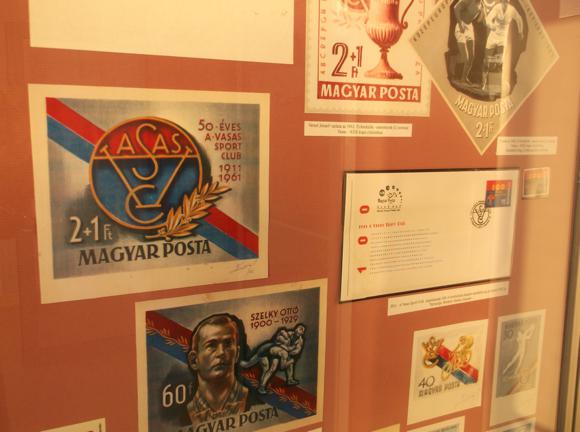
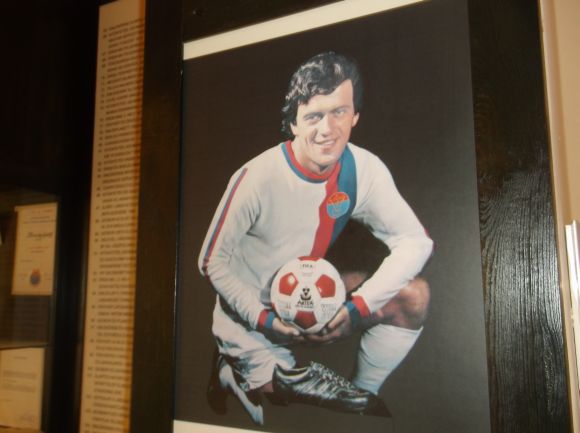

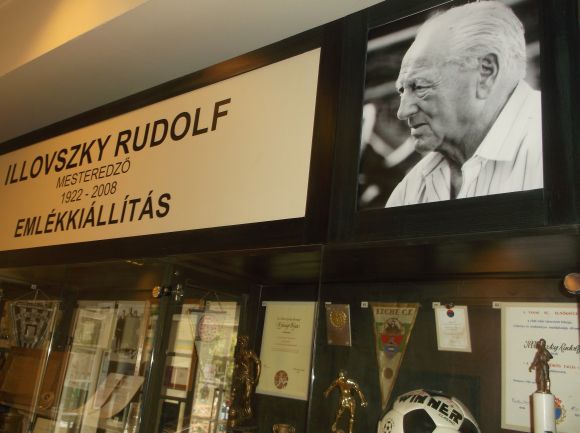
Rudi bácsi was in charge again when Béla Varady’s goals took Vasas past the dominant Újpest to snatch a last title in 1977. Three cup wins also opened the gates to Europe but again the finest moments, a 2-0 home win over Di Stéfano’s Real Madrid in the European Cup semi-final of 1958, belong in the Kádár era.
Illovszky died in 2008, the Vasas stadium taking his name. Four years later, the club was relegated, and seemed to be on the point of financial collapse until promotion in 2014-15. In the last full season at the old Illovszky Rudolf Stadion before its demolition, Vasas stayed just above the relegation zone, hiring experienced German coach Michael Oenning halfway through the 2015-16 campaign.
An assistant to German national youth teams early in his career, the former Nürnberg coach brought a different level of professionalism to Vasas, overseeing the club’s most promising season in a long time. At one point in 2016-17, Vasas even topped the table. A cup final appearance against Ferencváros was marred by a single missed penalty in the shoot-out.
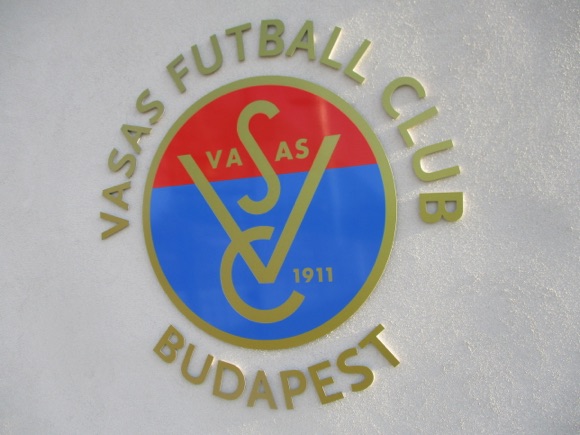


Vasas qualified for Europe for the first time since 2000, and were somewhat unfortunate to fall to two stoppage-time goals at Beitar Jerusalem, a Europa League fixture played behind closed doors.
The Israeli side scored early doors in Budapest and the disappointment led to mediocre form in the league in autumn 2017. By autumn 2018, Oenning had left for Magdeburg.
Soon afterwards, the new Illovszky Rudolf Stadion opened, though it was Honvéd, whose own ground was being rebuilt, who played the first European and top-flight games there. Vasas remained stuck in the second tier for four seasons, before a high-scoring campaign in 2022-23 yielded promotion.
Goals from veterans Róbert Feczesin and Máté Pátkai in a season of only three defeats lifted the Angyalföld side into the top division, where defences may not be so generous.
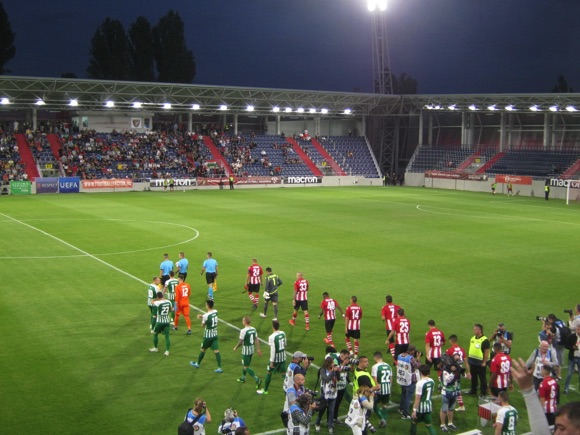
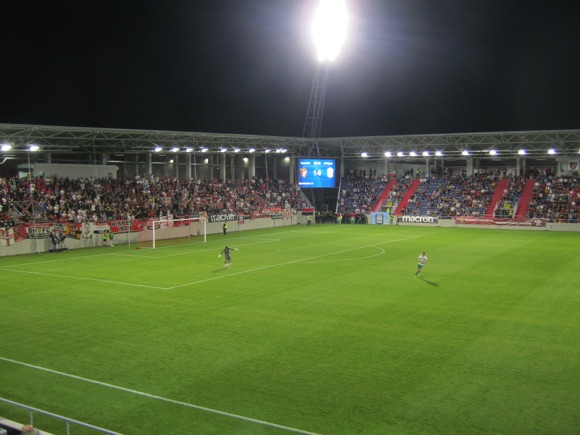
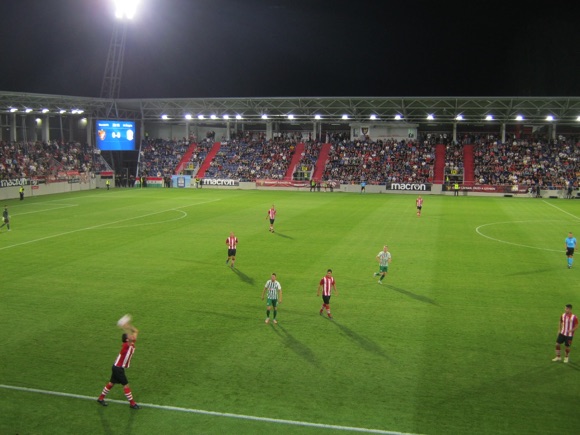
Stadium Guide
The field of dreams – and the stands around it


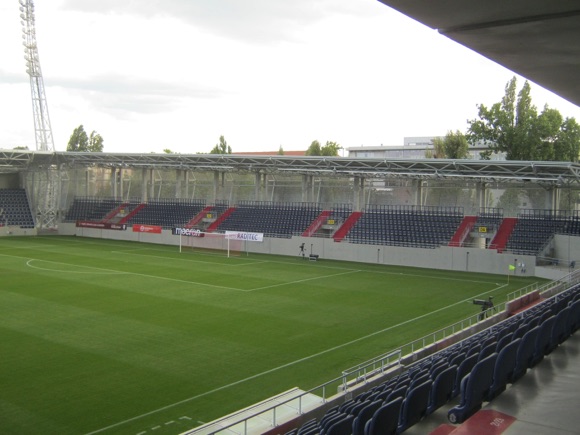

The new Illovszky Rudolf Stadion, a 5,000-seater with possible expansion to 6,200, was unveiled before the 2019-20 campaign. It replaced the ground of the same name that had stood here on Fáy utca since 1960.
Before then, Vasas had to struggle to base the club in the neighbourhood whose ironworkers it represented, Angyalföld. Running out on various pitches around nearby Zugló after World War I, as well as sharing the grounds of MTK and Újpest, Vasas were initially refused permission to set up in District XIII as a certain Angyalföldi SC already played there.
Three years later, in 1927, the authorities gave in and offered Vasas Tarnai rét, then a meadow by Váci út, by chance where legendary radio commentator György Szepesi grew up, the so-called 12th member of Hungary’s Magic Magyar team of the 1950s. In February 2022, on the centenary of Szepesi’s birth, a statue was unveiled to him on Hajdú utca.

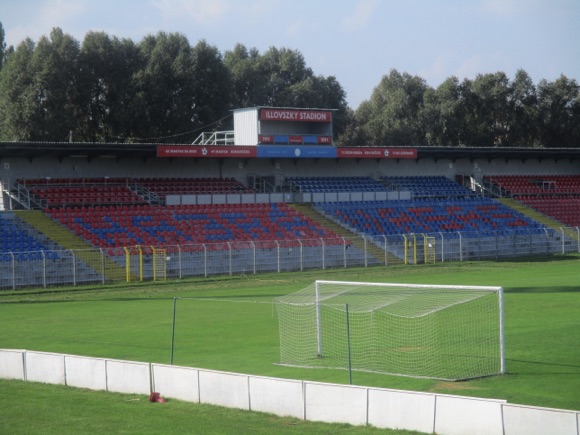
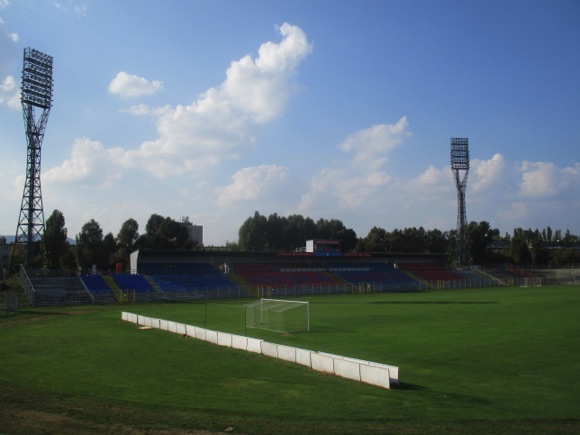
Modest though it was, the Tarna rét ground required a sum of 30,000 pengő to build, and Ferencváros were only offering 10,000 for prolific Hungarian international, József Takács II. Locals chipped in three pengő each for a season ticket, many offered their labour. This is the atmosphere Szepesi would have grown up around, and the reason the famous commentator would drive around Angyalföld in his twilight years, seeking out the former pitches where tower blocks now stand.
With Ferencváros the guests for the opening match in 1930, Vasas made sure to beat their miserly local rivals 5-2. While the large site bordered by Béke utca, Hajdú utca and Fáy utca remains the Vasas home today, much of industrial Angyalföld was bombed in the war, its Jewish population deported. Szepesi lost his own father at Buchenwald.
Recovery was slow but driven by Angyalföld’s most powerful son, Hungary’s Communist leader János Kádár. Vasas had a whole new stadium of 18,000 capacity built by 1960, although European games were staged at the national Népstadion – 100,000 packed in for the visit of the great Real Madrid for the 1958 European Cup semi-final.
Though many remember with fondness the walk up Forgách utca towards its twisting-towered floodlights, the ground was in dire need of modernisation by the time the decision was made in 2015 to demolish it.
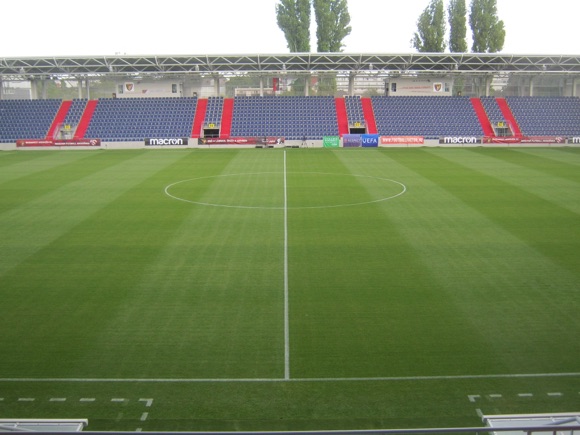
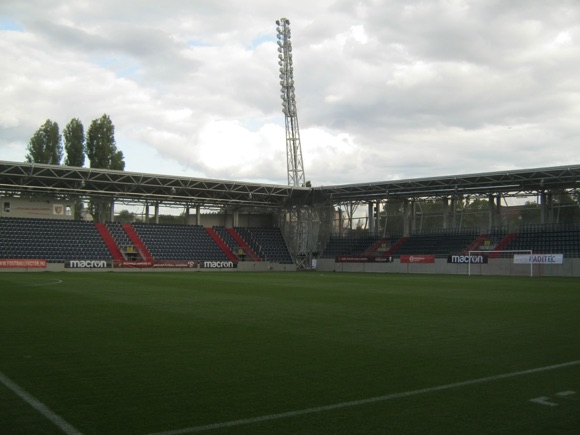

What replaced it is impressive, with a cool, contemporary wraparound, behind which each of the 16 sectors have been named after a famous Vasas player, including Mészöly and Varady.
Four sectors, D1-D4 in the Fáy utca away end accessed through Gate IV, are each identified by Hungarian legends who starred for both Vasas and another Budapest club, József Takács II being one. Another is illustrious Barcelona goalkeeper Ferenc Plattkó, who began his career at Vasas but World War I prevented him from playing. Briefly at MTK, a hero in Catalonia, Plattkó went on to coach across South America and was a significant influence on the mythical River Plate side of the 1940s.
Stadium designer Péter Salát Zalán has included other touching detail, including 225 quotes from fans displayed on the walls of the home end (C1-C4), a father-and-son walk along the east sideline nearest Béke utca (neutral-friendly sectors B1-B6), where the club’s previous homes are also depicted. All in all, this is no identikit construct but a home for Vasas perceptive of the club’s roots. VIP and press people access via the main stand from Hajdú utca.
Opening day on July 5, 2019 was a Vasas love-in, quotes from Rudolf Illovszky opening proceedings before DAC, a Hungarian club from Slovakia, took to the field with the home side.
getting there
Going to the stadium – tips and timings

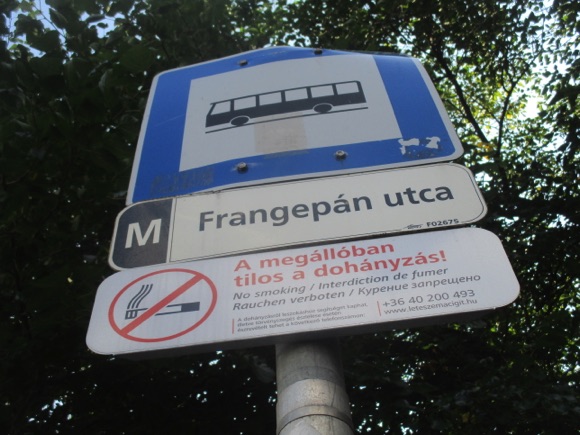
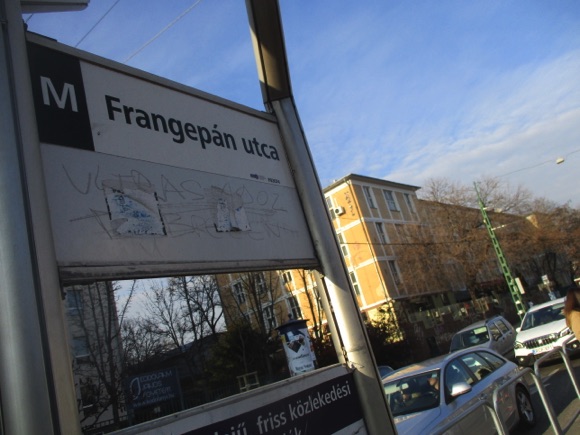
The nearest transport stop is Frangepán utca on the 105 and 178 bus routes, direct from metro stations on the yellow M1 line such as Deák Ferenc tér, Oktogon and Hősok tere.
It should be quicker to get to the same spot by the stadium on the 14 tram from Lehel tér but that section of the blue M3 metro line is under long-term construction and replacement buses are in operation.
The nearest metro station to Vasas, Forgách utca, is on the same M3 blue line, which means a replacement bus from central stops Deák Ferenc tér or Nyugati pu, then change at Göncz Árpád központ before the one stop to Forgách utca. Once you get there, take the name of the street that leads to the stadium a 10min walk away.
getting in
Buying tickets – when, where, how and how much


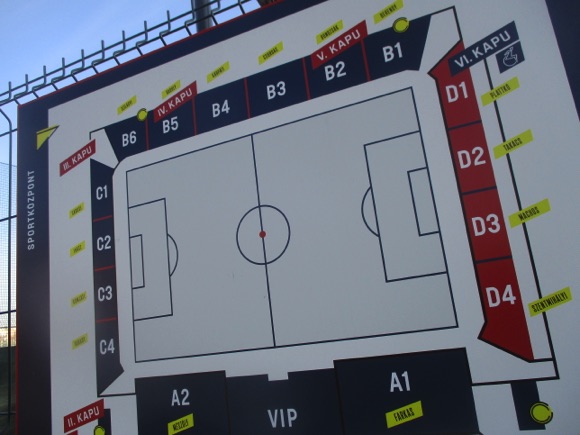
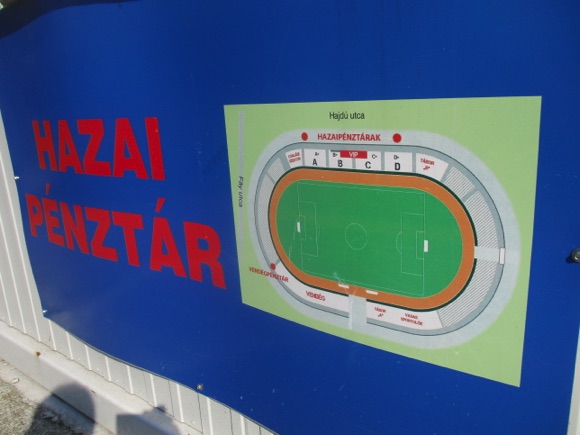
Tickets go on sale online (Hungarian-only) around two weeks before match day, with availability rarely an issue except for the Ferencváros derby. For other games, the cheapest seats (Ft2,000/€4.90) may sell out in the days before kick-off. It’s Ft3,000/€7.35 in the sideline stand along Béke utca, sectors B1-B6, and Ft4,000/€9.80 in the outer sectors A1 and A2 of the main stand.
Tickets are also sold on the day, at 12 cash/card outlets around the ground, three for visiting supporters. In July 2022, in a laudable bid to entice more families to games, the club raised the age to 14 for kids to enter free accompanied by a paying adult.
what to buy
Shirts, kits, merchandise and gifts
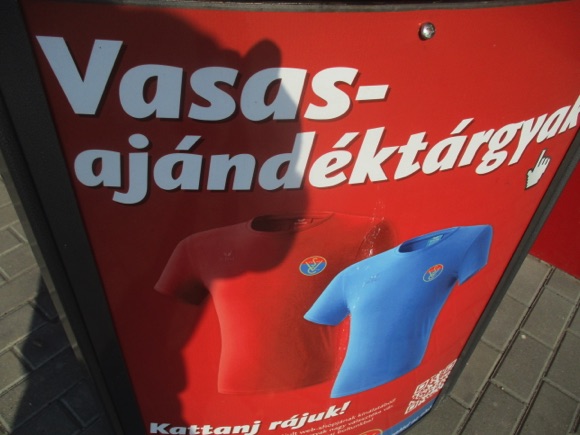

Opposite the sports hall, there’s a modest shop (Mon-Fri 9am-4pm, match days) for red-and-blue merchandise in the club’s main office building. The current version of the home kit has the blue stripes fading into the red background somewhere around the upper chest. The second kit is white with stylish red-and-blue piping.
If you’re planning to come to Budapest for someone’s birthday, you can buy them a rather unusual present of being able to take kick-off at a game, either first (platinum package) or second half (gold package), before which you walk out with the team. Find details on the club website, Hungarian-only.
Where to Drink
Pre-match beers for fans and casual visitors
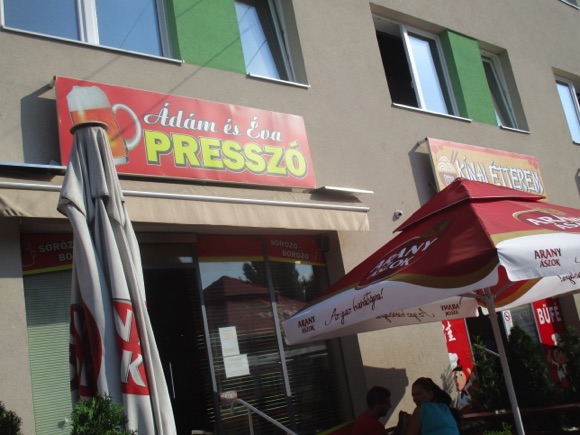



If you’re coming to Vasas via Frangepán utca, there are a couple of reasonable spots near the tram and bus stops on Béke utca. Done out in wacky murals, Dominó Café serves Staropramen and decent pizzas. It’s usually weekdays only but may open on match-day weekends.
By the tram stop, the Ádám & Éva Presszó gets down to basics, providing standard domestic beers to older regulars, recently adding a covered pavement terrace. Opposite, the Hong Kong Restaurant is a notch-above Chinese in business for 30 or more years.




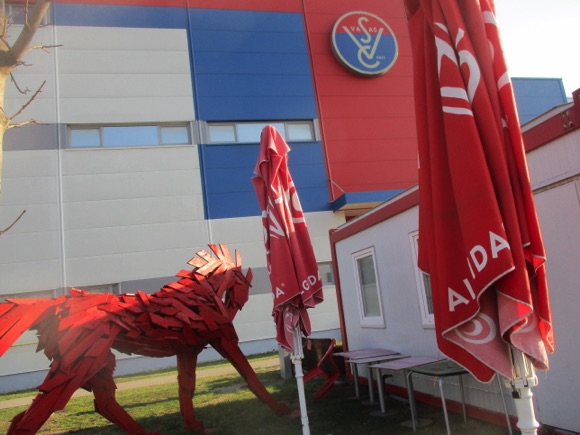
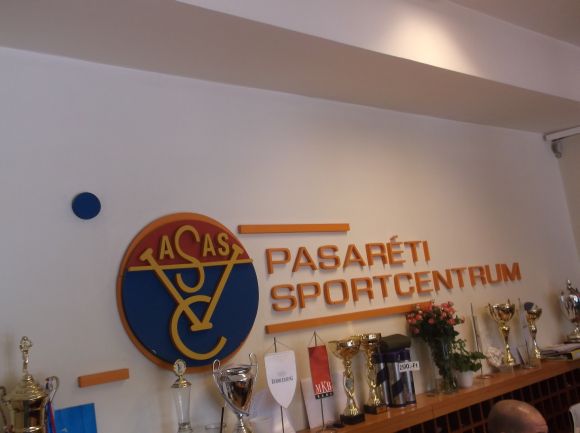
At the Vasas stadium complex, there’s a bar in the sports hall, with tables outside and photos of Vasas legends within, where cans of Löwenbräu, Heineken and Hungarian Borsodi share fridge space. A little kiosk outside dispenses snacks and ice creams for those with kids in tow.
While the stadium now feels 21st century, for that sense of Kádár-era Vasas, head to the Pasarét Club on the 5 bus route from Széll Kálmán tér, a world away from gritty Angyalföld, with trophies and historic photographs decorating the lobby. The smart restaurant mainly serves locals here for a few games of tennis, a jog around the track or ski instruction.







